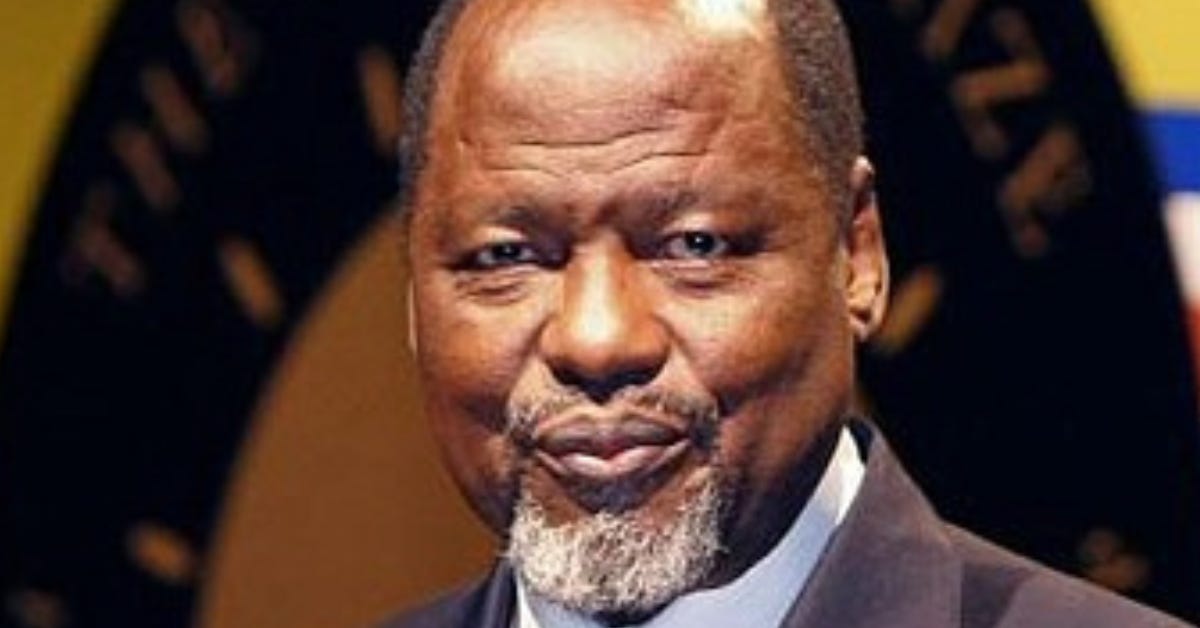Project Mozambique—Part V: Post-Colonial Economy
Mozambique’s Struggles with Reform, Growth, and Natural Disaster
This is the fifth instalment of the Project Mozambique series. You can read Part IV: First Party Through the Gate here.
As soon as Mozambique’s colonizers left, FRELIMO (Mozambique Liberation Front) set about dismantling the Portuguese economy, which was mainly privatized with state-marketed products engineered to fill the coffers in Portugal.
Key industries and properties were nationalized, African education and training were promoted, and for the first time, Black people were allowed into upper management positions.
FRELIMO professed policies against ethnic discrimination, but the Portuguese and South Asians left the country in their numbers all the same, abandoning their homes and businesses.

Plantations became government-run co-ops, but without the necessary skills and the instability caused by the ongoing civil unrest, Mozambique’s agricultural industry, the commerce derived from it, and its distribution lines collapsed.
FRELIMO applied its efforts to reviving the country’s economy by conceding to the International Monetary Fund’s conditions and allowing privatization and decentralization.
The IMF rewarded the concessions by funding small family-owned farms.
Even in its reduced state, agriculture, along with the country’s rail system and ports—depended on by Zimbabwe and Malawi—and South African tourism accounted for a large chunk of the country’s revenue.
But these industries continued to slip until FRELIMO and RENAMO (Mozambican National Resistance) signed a cease-fire in 1992.
After that, natural resources, specifically aluminum, were mined and processed in earnest.
Post-Ceasefire Mozambique
The mid to late 1990s were golden years for a Mozambique free of conflict.
The IMF noted that the country enjoyed an average annual growth rate of 10.6 percent between 1993 and 1999, which was a vast improvement on its 0.8 percent between 1980 and 1992.
In fact, its pre-2000 gains made it one of the emerging world’s highest rates of expansion, as noted by the 2018 Milken Institute Review.
In the same way that one thinks of poverty when one thinks of poor countries, one thinks of its alleviation when one thinks of economic growth.
To FRELIMO’s credit, the poverty rate did drop—from 80 percent in 1990 to 69.7 percent in 1997, which is little more than 10 percent and hardly anything meaningful on the ground.

The view of progress was perceived as promising.
The Borgen Project, a US non-profit organization lobbying the government on behalf of developing nations, noted in a 2013 report:
“Despite facing tremendous adversity, Mozambique has made great progress in poverty reduction. The nation has decreased infant and maternal mortality and increased life expectancy as well as access to education, water, and electricity.”
Not everyone was as enthused by the growth.
Entities among the general populace felt that not enough of the proceeds of the growing economy were reaching the people, bringing into question the government’s integrity, which was already in the spotlight for its conduct during the election.
FRELIMO’s Election Conduct
Mozambique held its first national democratic elections in 1994.
Democratic in name, at least.
RENAMO had then transitioned from a militia to a political party and participated, but cried foul.
Human rights organizations confirmed their allegations after witnessing the first signs of ballot trickery that would echo across every election since, and come to a head fifty years later.
The United Nations reported, “intimidation in some areas of RENAMO supporters by [FRELIMO-run] paramilitary Rapid Intervention Police were the main concerns.”
A German advocate for political education and the advancement of democratic socialism, Rosa Luxemburg, mirrored these observations:
“Since the first multi-party elections in 1994, the opposition and independent analysts have not accepted a single electoral result as credible. This lack of credibility is associated with recurring election fraud and the ruling party’s control of elections and the judiciary. The result has been post-electoral instability, including armed conflicts.”
Natural Disaster
The turn of the century staunched economic growth as it brought with it severe torrential flooding, followed by tropical cyclone Eline, which hit the port city of Beira in the center of the country on Feb. 22, 2000, at the peak of its intensity.
Agricultural infrastructure, businesses, and public services were uprooted.
According to a study by South Africa’s University of the Free State, the direct impact on humanity was the displacement of around 650,000 people, 700 deaths, and damage estimated at 600 million, essentially affecting 25% of the country’s 18 million people.
Employment and lives were upended on a broad scale, and economic growth forecasts declined from 12 percent to 7 percent. The GDP prognosis was even darker, as analysts foresaw a decline from 7 percent to 1.5 percent, while inflation spiked and the country’s exchange rate dipped.
After counting the cost at the end of that month, it was decided that the event was Mozambique's worst natural disaster in over a hundred years.
Since then, torrential flooding has recurred, challenging the country’s recovery, but the economy grew nonetheless as FRELIMO doubled down on mineral extraction.
Economic Recovery or Damnation?
The first decade of the 2000s was laborious for Mozambique, as its economy lingered at a post-disaster low.
Then, in 2009, a 250 trillion cubic foot natural gas pocket (the third-largest in Africa) was discovered off its coast.

What did this mean for the country?
Economic growth sounds intuitive as a result, but Professor Bob Looney from the Naval Postgraduate School in California did not think it was that simple.
“This seemingly good news came with a catch: precipitously resource-rich nations, like lottery winners, often end up in worse shape than they started,” he wrote in the 2018 Milken Report
This series is nearing its end. Look out for Project Mozambique—Part VI






